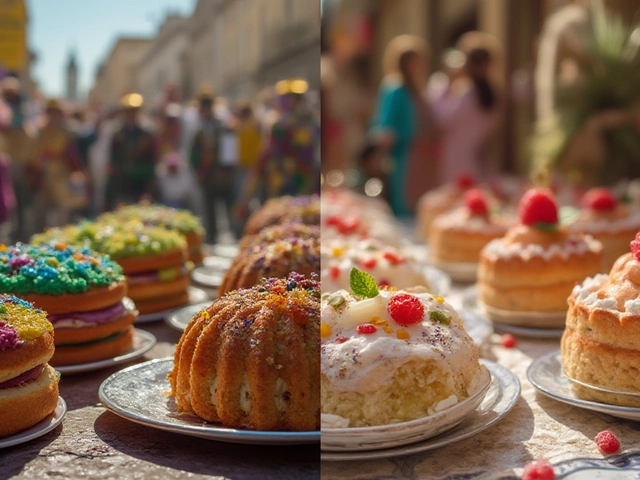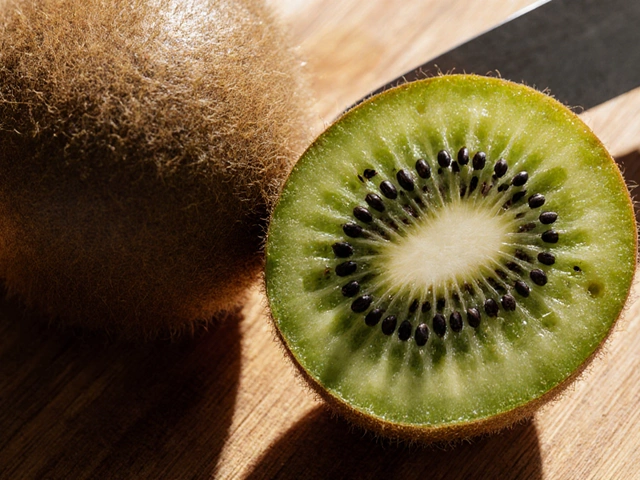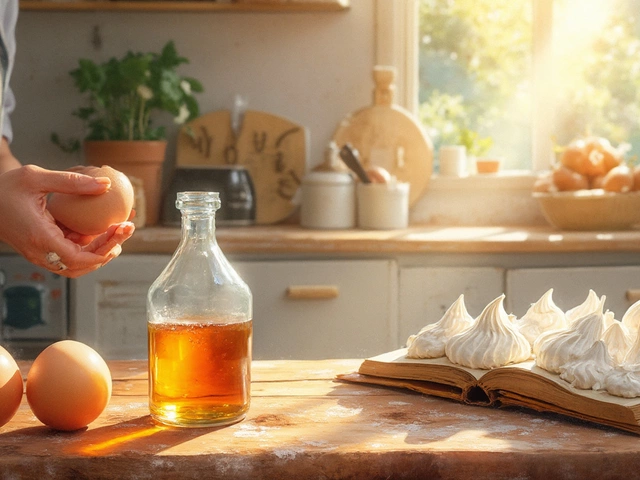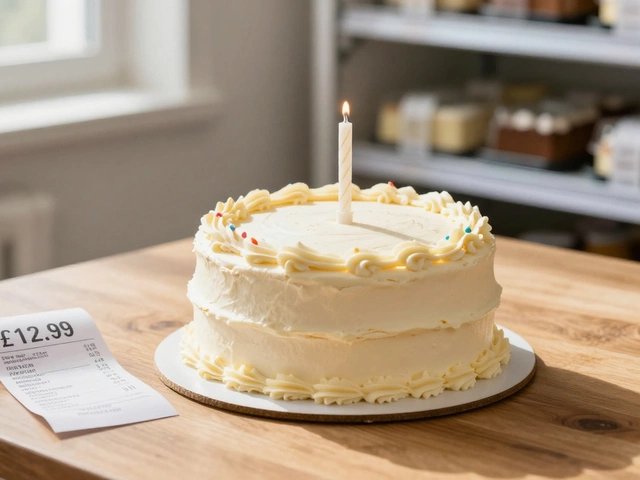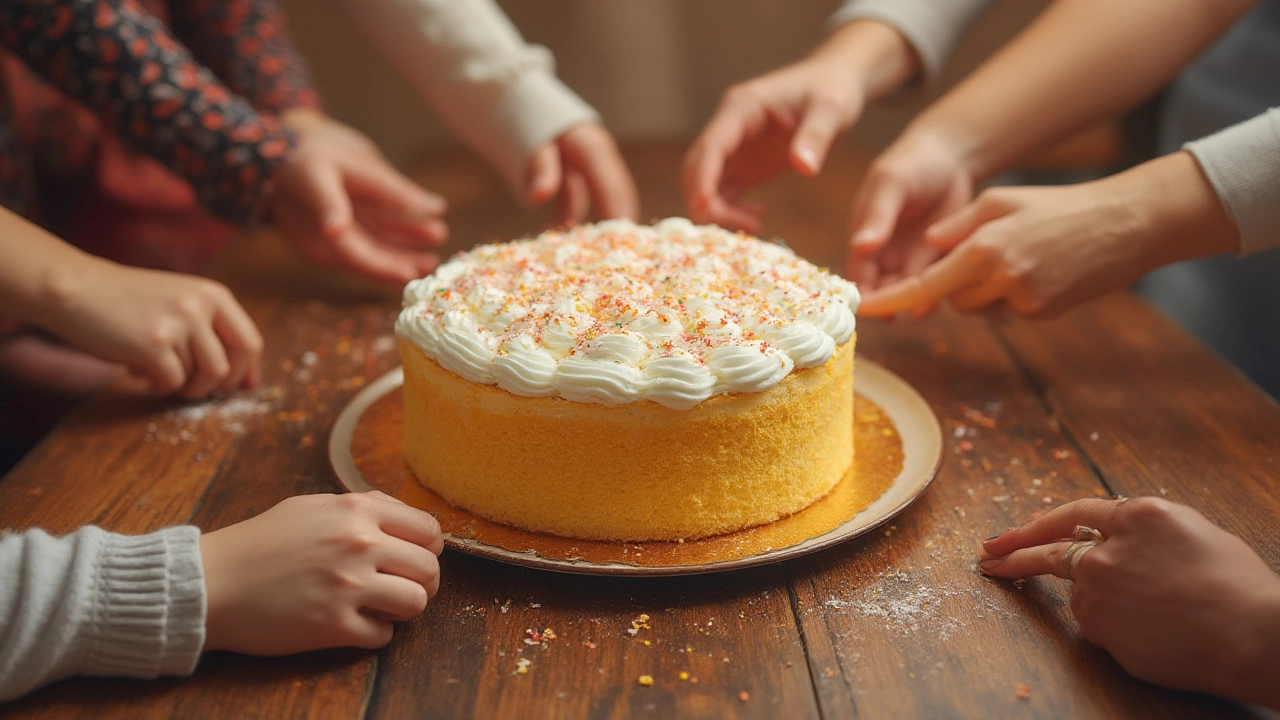
What comes to mind when you think of the most eaten cake in the world? The answer might surprise you. It isn’t some wild creation from a fancy patisserie or a fleeting viral dessert on TikTok—but something that’s comfortingly familiar to nearly every culture across the globe. Simple, spongy, and endlessly adaptable, sponge cake (and its many variants) holds its place as the true global champion. Sure, chocolate cake and cheesecakes have their diehard fans, but take a trip from the bakeries of Paris to the tea shops of Shanghai, and you’ll realize sponge cake is everywhere. It slips onto plates at birthday parties, wedding tables, modest family gatherings, and grand festivities alike. Maybe it’s the airy sweetness, or the way it absorbs syrups, creams, and fillings, but this humble cake forms the base of so many beloved desserts, across countries and generations. Who knew something so simple could leave such a massive mark?
The Reigning Champion: Why Sponge Cake Rules the World
So what exactly is sponge cake, and why has it become the most eaten cake worldwide? At its heart, sponge cake is a celebration of simplicity: eggs, sugar, flour, sometimes a dash of butter or oil, whipped into a batter that relies on air for its rise. This means it’s light and fluffy rather than dense, and most versions are easy to slice, fill, layer, or even soak in decadent syrups. These basic ingredients are found in nearly every pantry, which might explain why the cake’s popularity skyrocketed centuries ago, long before the rise of modern baking tools.
While its European roots go back to the Renaissance, sponge cake really took off during the 18th and 19th centuries, spreading through colonial trade routes and landing in every corner of the world. Today, each place has put its own spin on it. In Italy it’s called Pan di Spagna (literally, ‘Spanish bread’), in Japan it’s Kasutera, in Latin America it transforms into Tres Leches, and in England you’ll find proper afternoon tea isn’t complete without a Victoria Sponge sandwiched with jam and cream. Even American birthday cakes usually start with a sponge or a similar fluffy base. It’s that flexibility which helps it earn the title of the most eaten cake, hands down.
You might wonder: Does everyone really love it? Well, look at the data. In a 2022 bakery industry report, sponge cake variants accounted for over 33% of global cake sales, easily outpacing denser, buttery cakes or cheesecakes. Those airy layers catch on not just in homes, but in stores too. Pre-packaged snack cakes? Most are built on sponge. Fancy French cakes? Take a peek inside—a soft Genoise or Joconde lurks beneath that glossy icing. Have a look at birthday party photos over the last 60 years—you’re likely seeing stacks of sponge cakes disguised in buttercream and fondant.
But the magic goes beyond sales numbers. Sponge cake delivers more than volume. Its texture makes it a perfect vessel for soaking up flavors—think lemon drizzle, orange flower syrup, espresso baths in classic tiramisu, or creamy mixtures in trifles. Ever had an opera cake in Paris? That’s coffee-soaked almond sponge at its heart. Or tried Swiss rolls, or jelly rolls, or even the humble Twinkie? Yep, all spun off from the original sponge concept. The cake acts as a blank canvas for bakers—a springboard for creativity, a comfort food for the celebrations that matter and the quiet days alike.
And if you’re thinking sponge cake is boring, think again. The world’s most expensive cake—worth more than $75 million and decorated with diamonds—started with a simple sponge base. Even if you’re not baking for billionaires, the techniques you use to whip up a light sponge (think: folding gently, separating eggs, baking at the perfect temperature) are the foundation for all sorts of show-stopping desserts.
And it’s not just for sweet lovers. Savory sponge cakes, like some versions in India or Japan (known as savory Kasutera), rely on that same light batter, swapped for herbs, spices, and cheese for a totally different flavor profile.
| Rank | Cake Type | Market Share (%) |
|---|---|---|
| 1 | Sponge (includes variants) | 33% |
| 2 | Chocolate Cake | 21% |
| 3 | Cheesecake | 13% |
| 4 | Carrot Cake | 8% |
| 5 | Red Velvet Cake | 6% |
Most people don’t realize how much sponge cake runs the show behind the scenes. It’s not always the star, but it’s almost always there, providing the backbone for the cakes we crave. That’s the power of a classic.
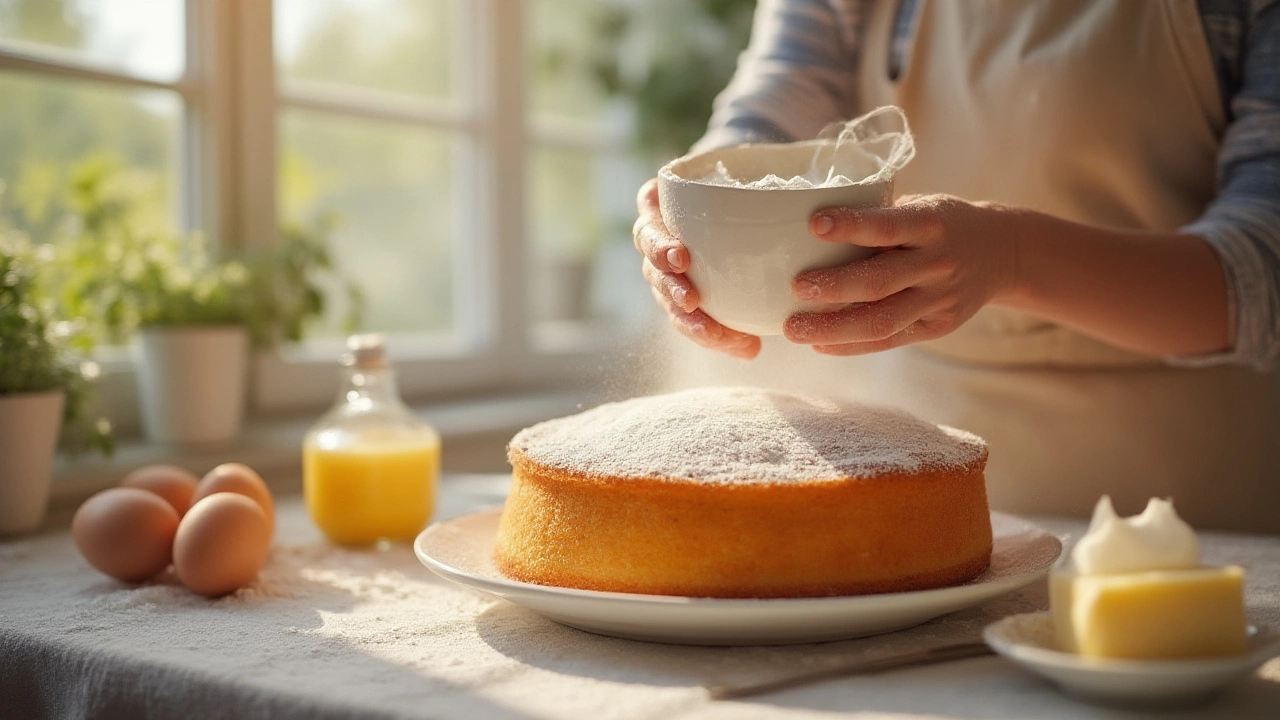
Global Takes: How Countries Make the Most Eaten Cake Their Own
If the basic sponge formula is the starting line, the races that bakers run around the world couldn’t look more different. In the UK, the Victoria Sponge is almost a national treasure. Named for Queen Victoria, who enjoyed a slice with her afternoon tea, this cake is typically filled with strawberry jam and whipped cream. But pop down to France and you’ll spot the Genoise—an egg-rich version so light, it’s almost like biting into a cloud. Japanese Kasutera (brought over by Portuguese traders in the 16th century) ditches fat altogether and wins fans with its subtle sweetness and super-fine crumb. Flip across to Latin America and Tres Leches Cake turns things up a notch by soaking sponge in a mix of three milks, transforming the cake into a sweet, almost custardy delight. Each country’s twist highlights different aspects of the original sponge: the British love for double cream, the French obsession with technique, the Japanese focus on meticulous texture, the Latin American joy in indulgence.
What ties these different versions together? Three things: accessibility, adaptability, and nostalgia. You don’t need special ingredients or fancy equipment to make a solid sponge. Most recipes can be mixed up with just a whisk, a bowl, and an oven. Classic British sponges ask you to measure flour, sugar, and butter by weight for a perfectly balanced result. French Genoise demands you whisk eggs and sugar for a full 10 minutes over gentle heat. In Japan, the batter is beaten until it triples in volume for that signature lightness. The details may shift, but the feeling remains: a simple treat that chills alongside everything from a cup of tea to a birthday candle.
Even among all this variety, it’s clear why the most eaten cake never gets old. Family recipes for sponge cake are treasured—and sometimes fiercely protected. In Singapore, you’ll find Pandan Chiffon Cake, an airy sponge hugged by the bright, green flavor of pandan leaves. This soft, luminous cake flies off bakery shelves and even gets packed into suitcases as edible souvenirs. In Australia, Lamingtons—cubes of sponge dipped in chocolate and rolled in coconut—are legendary for picnics and school fundraisers. The Caribbean transforms sponge into Black Cake, doused in rum and packed with dried fruits, while Germany boasts a dozen variations, from the chocolatey Schoko-Biskuit to sunshiny lemon sponges layered with fruit preserves.
If you’re wondering how to nail the best sponge from around the world at home, here’s a secret: temperature matters. Always bake your sponge at the recommended setting—usually between 325°F and 350°F (160–180°C)—to get that tender crumb. Never open the oven while it’s baking, or it might collapse. And don’t overbeat; that’ll pop out all the air you so carefully whisked in. If you want to level up your cakes, start by mastering a classic sponge. From there, the sky (or your spice rack) is the limit.
- Tip: Brush baked sponge layers with simple syrup flavored with citrus, coffee, or liqueur for extra moisture and flavor.
- Tip: Swap all-purpose flour for cake flour for a finer crumb.
- Tip: Always line cake pans with parchment—sponge has a habit of sticking.
- Tip: Add a pinch of salt to the batter for contrast and brightness.
- Tip: Cool the cake upside down to keep it flat and fluffy for stacking.
Year after year, sponge cake lovers from all walks of life invent new fillings, new frostings, and new backstories. It’s a living, breathing tradition—more than just flour and eggs, it’s a canvas for memories. Whether it’s a Japanese bakery, a Colombian family table, or right in your kitchen, chances are someone, somewhere, is biting into a slice right now.

Beyond the Slice: Secrets, Surprises, and Tips for Making the Most of This Global Cake
If you’re aiming to bake the most eaten cake the world’s ever seen, you don’t need fancy gear or imported ingredients. But a few pro moves help turn a so-so sponge into a spectacular one. Start with room-temp ingredients. Cold eggs won’t whip as much air into the batter, so give them a half-hour to warm up before you crack and beat. Skip the shortcuts—no self-raising flour (the leavening can knock out the delicate rise) and definitely no overmixing after you add the flour. Sponge cake depends on the bubbles you create, so folding the flour in gently is key. Use a wide spatula and work in broad, sweeping motions to keep all that air trapped inside.
One trick most grandmas know: invert the baked cake for cooling. This helps keep the structure tight and stops the top from caving in. If you’re multiplying recipes for a crowd, err on the side of lighter batter—too much fat makes it sink, and too much flour makes it stodgy. Modern sponges have ditched heavy fats in favor of frothy eggs and just a scant amount of flour for stability.
Presentation can elevate even the plainest sponge. Dust with powdered sugar, drizzle on a quick glaze, sandwich with whipped cream and fresh fruit. For parties or special occasions, stack layers with lemon curd, chocolate ganache, or classic buttercream. Going dairy-free? Substitute aquafaba (the liquid from chickpeas) for egg whites; it whips up to almost the same volume and makes a decent vegan sponge. Gluten-free flour blends also work, but add a smidgen of xanthan gum for elasticity.
Now, for the fun part: flavor. You’d be amazed how sponge cake can morph with just a few tweaks. Fold grated citrus zest into the batter for brightness, swirl in spices like cardamom or cinnamon, or double down on nostalgia by poking holes in your baked sponge and pouring over favorite syrups. Want sophisticated flair? Coffee or almond liqueur brushed onto warm cake layers creates a grown-up twist.
Let’s talk leftovers (if you even have any). Dry slices make fantastic trifles layered with fruit, custard, and cream. Or, cube them and bake again for homemade cake croutons—perfect over ice cream or yogurt. Some home bakers even blitz stale sponge to use as a crumb coating for more elaborate cakes, or to thicken sauces in traditional European desserts. The possibilities are endless—and rescuing leftovers is always on trend.
If you’re after bakery-style results in your own kitchen, invest in a kitchen scale and measure by grams, not cups. Consistency is the name of the game. And don’t skip sifting the flour; it’s a tiny step, but it makes a big difference in texture. At the end of the day, the secret to the perfect sponge lies in two things: patience and attention to detail. It might look deceptively easy, but every step counts.
- Bake-spiration: For a showstopper, layer three different colored sponges and stack with your favorite fruit preserves between each layer.
- Time-saving hack: Make individual mini sponges in cupcake tins for single-serve treats that bake faster.
- Freezing tip: Wrapped tightly, baked sponge cake keeps its flavor in the freezer for up to 3 months.
- Serving idea: Serve sponge slices with fresh berries and a dollop of tangy crème fraîche for a just-right sweet-tart balance.
- DIY twist: Swap vanilla for rose water or orange blossom for an easy Mediterranean vibe.
The love for sponge cake is more than habit or convenience. Maybe it’s the ease, or the endless flexibility. Or maybe it’s that nearly every culture in the world puts its own joy in every bite, creating something that just feels right, for guests and home bakers alike. Reports might call it the most eaten cake, but to millions it’s simply the taste of home.

